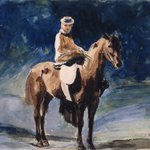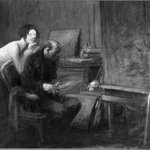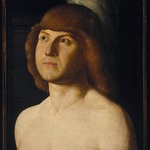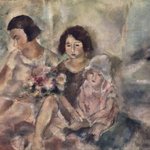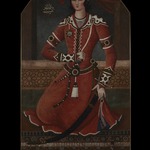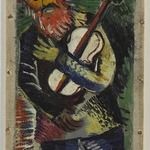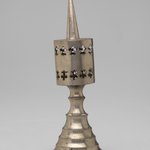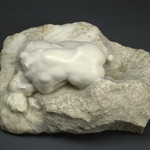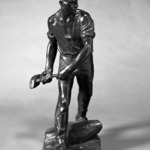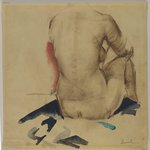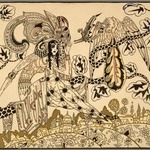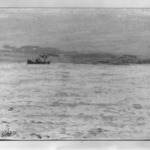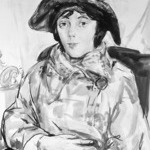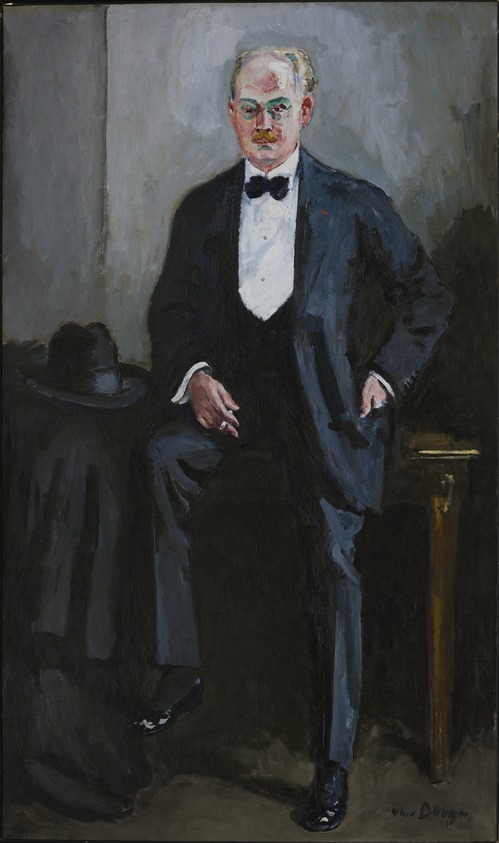
This image is presented as a "thumbnail" because it is protected by copyright. The Brooklyn Museum respects the rights of artists who retain the copyright to their work.
Portrait of W. S. Davenport
Kees van Dongen
European Art
Kees van Dongen was a popular society portraitist in 1920s Paris. Here, he takes advantage of the black-and-white contrasts afforded by a tuxedo and reflections on black patent shoes. The striking blue-green highlights to the flesh tones of the face are a legacy of van Dongen’s association earlier in the century with the movement called Fauvism, characterized by the use of bold, non-naturalistic colors.
The debonair sitter for this portrait was an American dentist living in Paris. The bright red brushstroke punctuating his lapel is the badge of the Legion of Honor, awarded to him for his work in facial reconstructive surgery during World War I.
The debonair sitter for this portrait was an American dentist living in Paris. The bright red brushstroke punctuating his lapel is the badge of the Legion of Honor, awarded to him for his work in facial reconstructive surgery during World War I.
MEDIUM
Oil on canvas
DATES
ca. 1925
DIMENSIONS
86 11/16 x 51 9/16 in. (220.2 x 131 cm)
frame: 95 × 59 × 3 1/2 in. (241.3 × 149.9 × 8.9 cm) (show scale)



SIGNATURE
Signed lower right: "k/v Dongen"
COLLECTIONS
European Art
ACCESSION NUMBER
32.117
CREDIT LINE
Gift of Mr. and Mrs. William Slocum Davenport
PROVENANCE
Before 1932, acquired from the artist by William Slocum Davenport and Mrs. Davenport of Paris, France; 1932, gift of William Slocum Davenport and Mrs. Davenport to the Brooklyn Museum.
Provenance FAQ
EXHIBITIONS
MUSEUM LOCATION
This item is not on view
CAPTION
Kees van Dongen (Delfshaven, Netherlands, 1877 – 1968, Monte Carlo, Monaco). Portrait of W. S. Davenport, ca. 1925. Oil on canvas, 86 11/16 x 51 9/16 in. (220.2 x 131 cm). Brooklyn Museum, Gift of Mr. and Mrs. William Slocum Davenport, 32.117. © artist or artist's estate (Photo: Brooklyn Museum, 32.117_cropped_PS2.jpg)
IMAGE
overall, 32.117_cropped_PS2.jpg. Brooklyn Museum photograph
"CUR" at the beginning of an image file name means that the image was created by a curatorial staff member. These study images may be digital point-and-shoot photographs, when we don\'t yet have high-quality studio photography, or they may be scans of older negatives, slides, or photographic prints, providing historical documentation of the object.
RIGHTS STATEMENT
© artist or artist's estate
Copyright for this work may be controlled by the artist, the artist's estate, or other rights holders. A more detailed analysis of its rights history may, however, place it in the public domain.
The Museum does not warrant that the use of this work will not infringe on the rights of third parties. It is your responsibility to determine and satisfy copyright or other use restrictions before copying, transmitting, or making other use of protected items beyond that allowed by "fair use," as such term is understood under the United States Copyright Act.
For further information about copyright, we recommend resources at the United States Library of Congress, Cornell University, Copyright and Cultural Institutions: Guidelines for U.S. Libraries, Archives, and Museums, and Copyright Watch.
For more information about the Museum's rights project, including how rights types are assigned, please see our blog posts on copyright.
If you have any information regarding this work and rights to it, please contact copyright@brooklynmuseum.org.
RECORD COMPLETENESS
Not every record you will find here is complete. More information is available for some works than for others, and some entries have been updated more recently. Records are frequently reviewed and revised, and we welcome any additional information you might have.





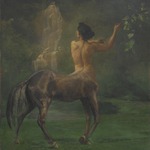
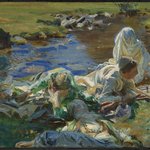
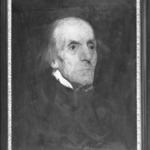
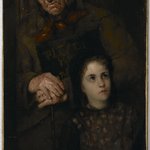

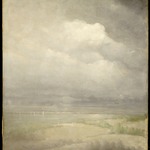
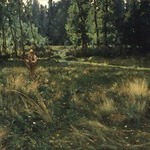
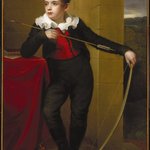
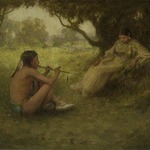
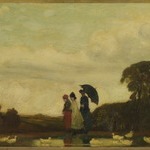
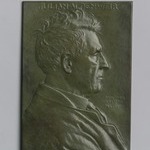

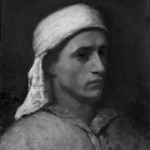
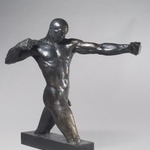
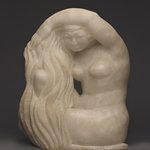
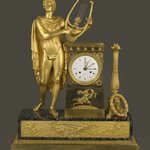
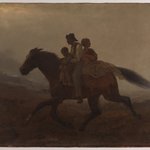

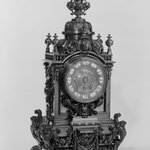
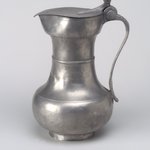
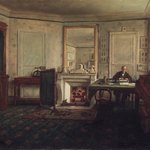
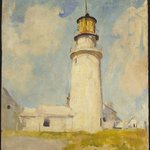
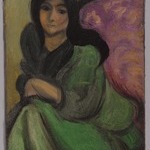
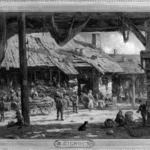

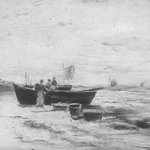
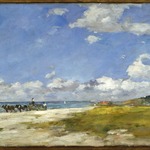
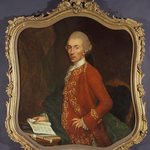
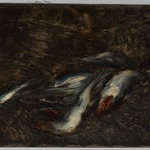
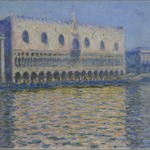
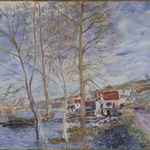
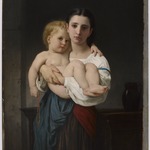

![Portrait of Mlle Fiocre in the Ballet "La Source" (Portrait de Mlle...E[ugénie] F[iocre]: à propos du ballet "La Source")](https://d1lfxha3ugu3d4.cloudfront.net/images/opencollection/objects/size2_sq/21.111_PS11.jpg)
